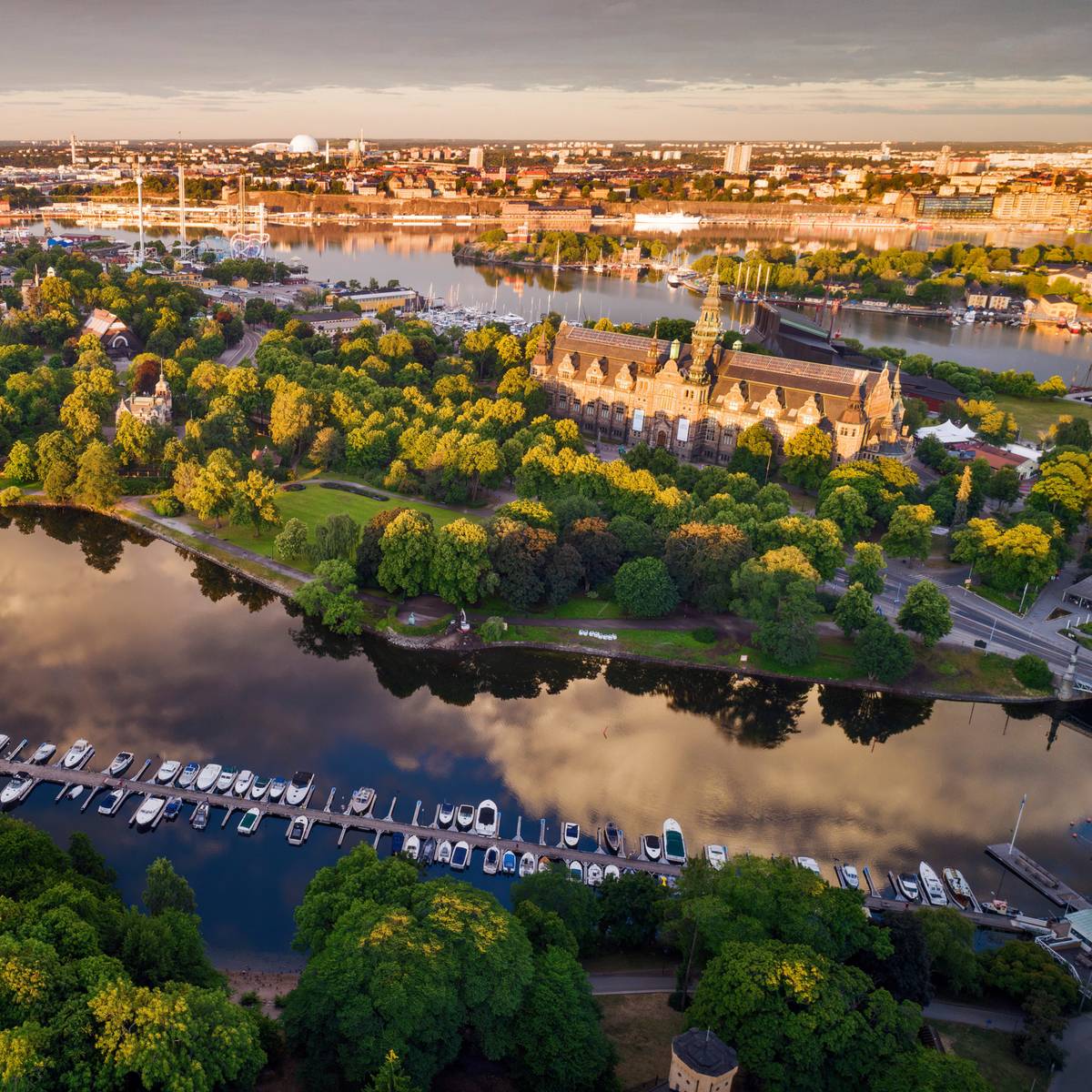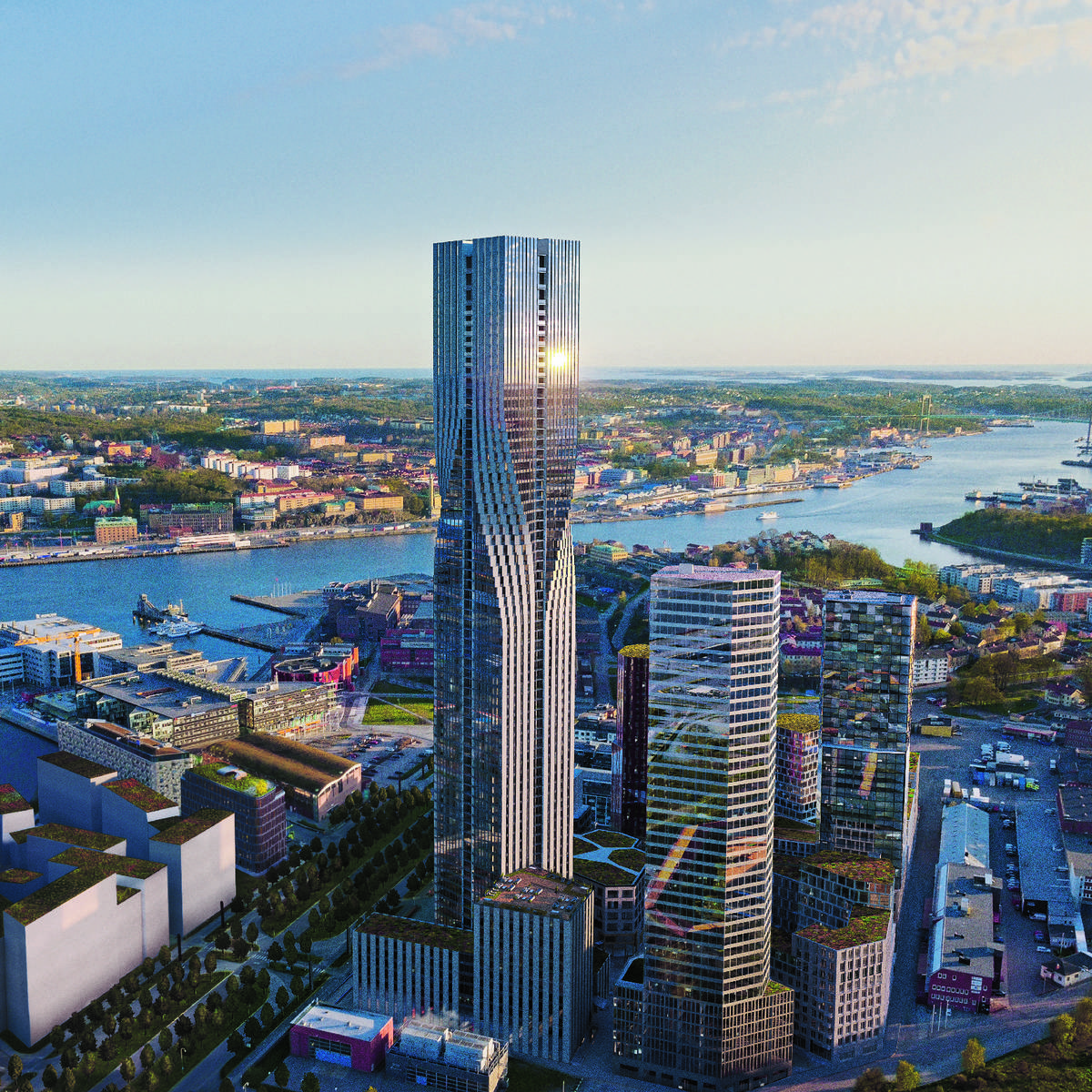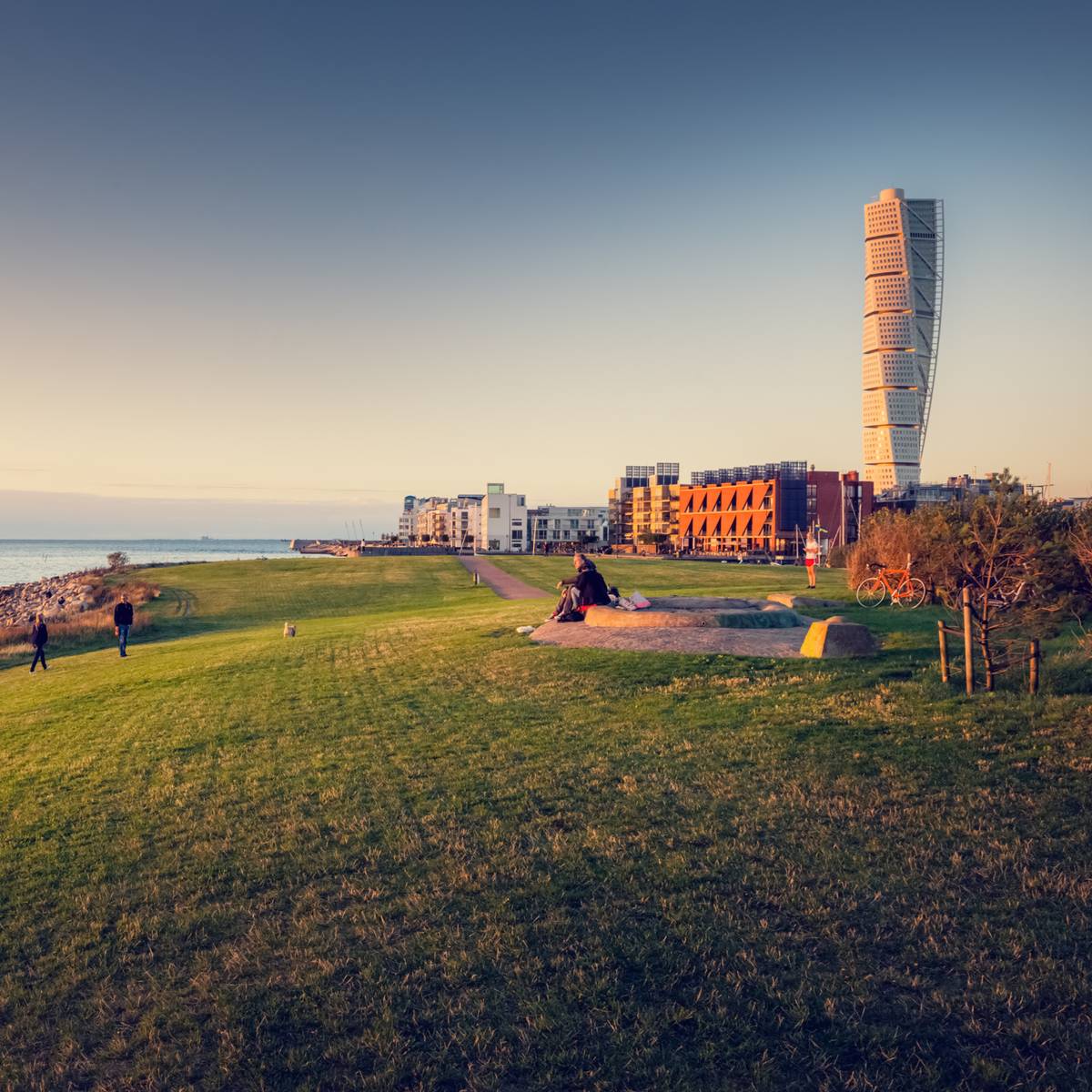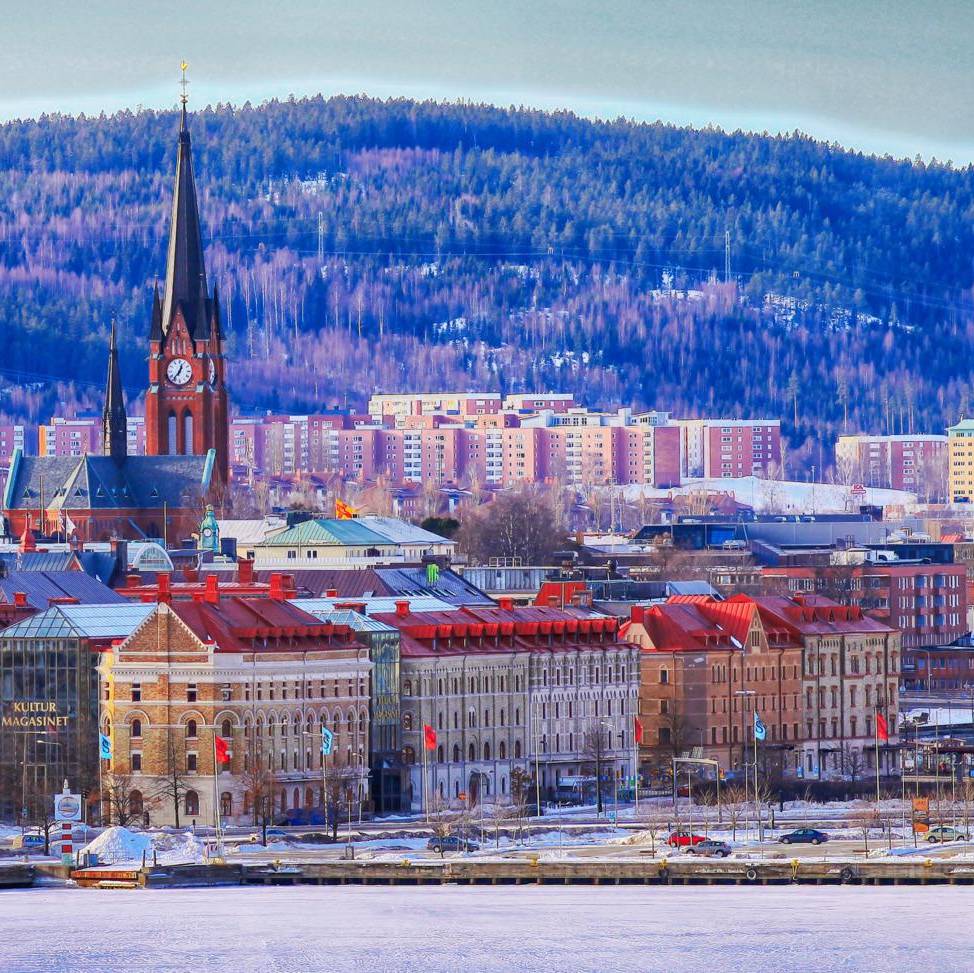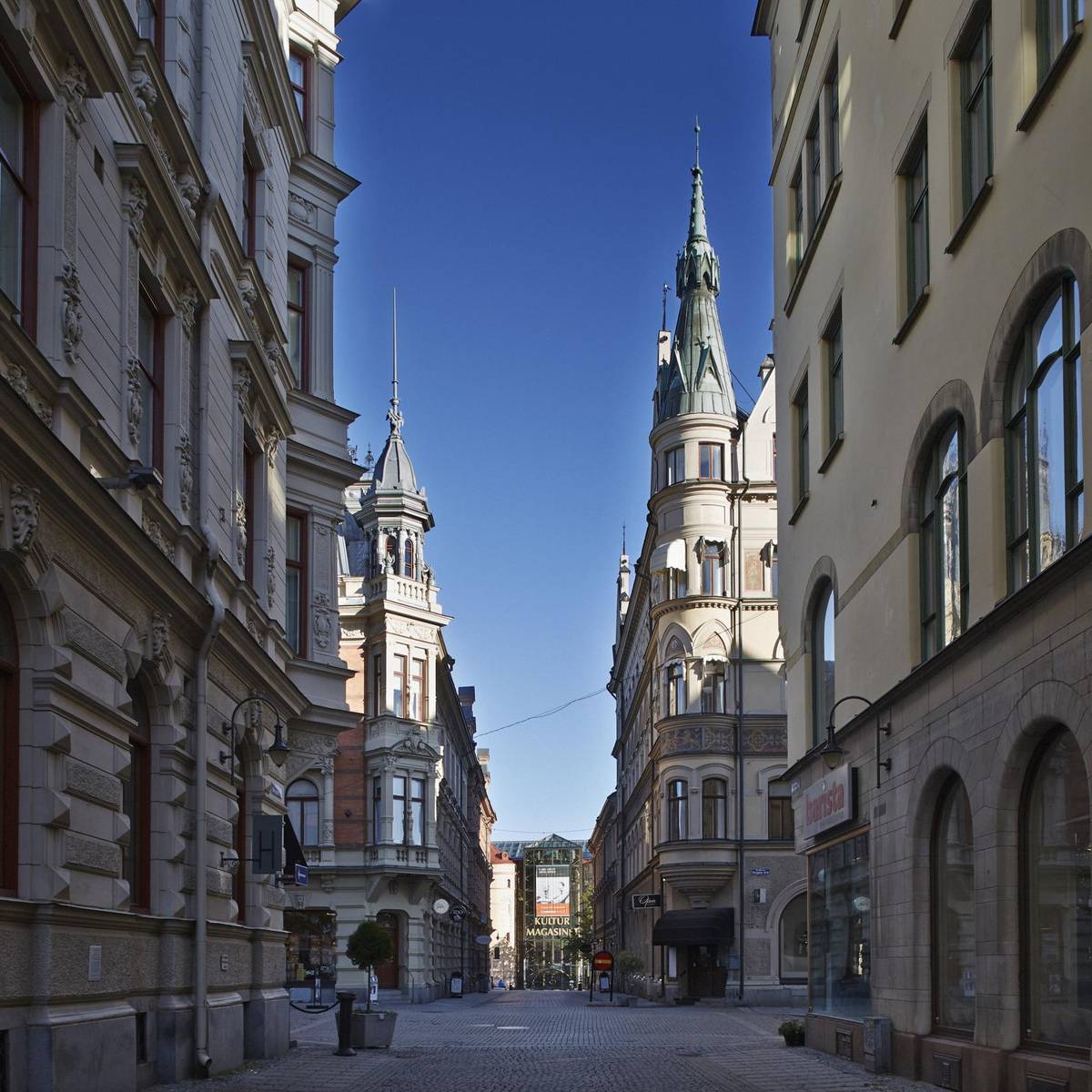A product of industrialism and the urban expansion it brought with it, the so-called stone city – defined by multi-storey brick buildings and broad avenues – arose in the 19th century to accommodate the social expansion industrialism brought with it.
This architectural movement began in Europe; the urban landscapes of cities such as Paris, Vienna and Berlin – all established from the mid to the third quarter of the 19th century – inspired the Swedish stone city. Industrial hubs with enough money to transform their townscapes demolished the majority of low-rise buildings and timber houses to give way for new neighbourhoods made of stone.
Prominent city planner Albert Lindhagen was a central stone city figure – he drafted the plan for Stockholm in 1866 and was involved in a similar project in Malmö (Rörsjöstaden) in 1872.
The Swedish stone city in a nutshell
The type of historic building you’ll come across when exploring Sweden’s stone cities may vary stylistically, but most are elegantly designed in National Romantic, Nordic Classicism, Renaissance Revival and a stricter Art Nouveau style.
Construction-wise, stone city houses are defined by their multi-storey (often four levels) brick and stone profile, built to house several families or individual workers. Positioned close to one another in a grid-like street system, many houses feature inner courtyards.
The town planning structure drew on a classicist ideal, which aside from its all-important grid system and rectangular blocks, incorporated boulevards and avenues put in place to allow for increased traffic.
The number of public and commercial buildings such as banks, schools, hotels, hospitals and factories increased due to the urban growth and social transition of this period.
Originally, stone cities were found mainly in town centres, but by the beginning of the 20th century, they started spreading to the city borders and suburbs, with close proximity to factories and industrial sites. Architecturally, they looked like inner-city replicas.
These distinctive neighbourhoods remain an important part of Swedish architecture. You’ll find stone cities in and around destinations including Stockholm, Gothenburg, Malmö, Norrköping, Helsingborg and Sundsvall. Here’s an introduction to some of the most notable ones.
